History

Territorial Prison
January 1852
The Legislative Assembly of the Territory of Utah approved a memorial requesting a $60,000 appropriation from Congress for the construction of a territorial penitentiary.

Site Approval for the Utah Territorial Penitentiary
March 1853
Congress approved a $20,000 appropriation for the building of The Utah Territorial Penitentiary. A site was chosen by Brigham Young, about 6 miles southeast of Salt Lake City -- the present day location of Sugar House Park.
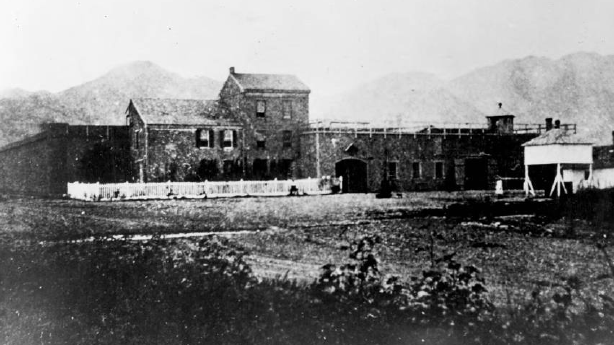
Utah Territorial Penitentiary Opens
1855
The facility that became known as the Utah Territorial Penitentiary was opened in 1855. It was comprised of just sixteen "cozy cells dug into the ground, with iron bars on top."

Letter to Congress
January 1867
By 1864, the state Legislature found the prison to be in serious disrepair, posing unsafe conditions for inmates. In January of 1867, Utah Legislators wrote Congress asking for money to improve it, stressing that Utah was a thoroughfare to the Pacific and subject to "the marauding depredations of dishonest and unprincipled adventurers."

Utah Territorial Penitentiary Becomes United States Penitentiary
January 1871
Albert P. Rockwood, the territorial warden of the Utah Penitentiary, turned over the penitentiary to U.S. Marshal Patrick in compliance with the act of congress passed in January of 1871.
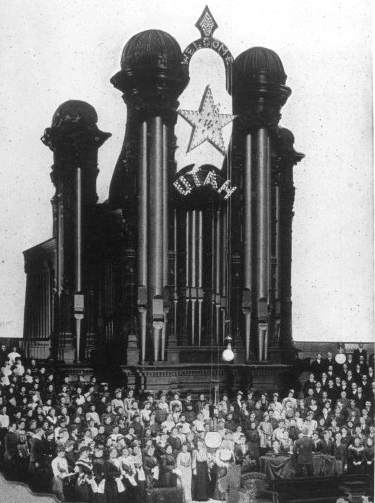
Territory of Utah Becomes State of Utah
January 1896
The Territory of Utah became the State of Utah on January 4, 1896. Three days later, all federal supervision at the prison was discontinued. Heber M. Wells, the first Governor of the State of Utah, appointed George N. Dow as the first warden of the Utah State Prison.
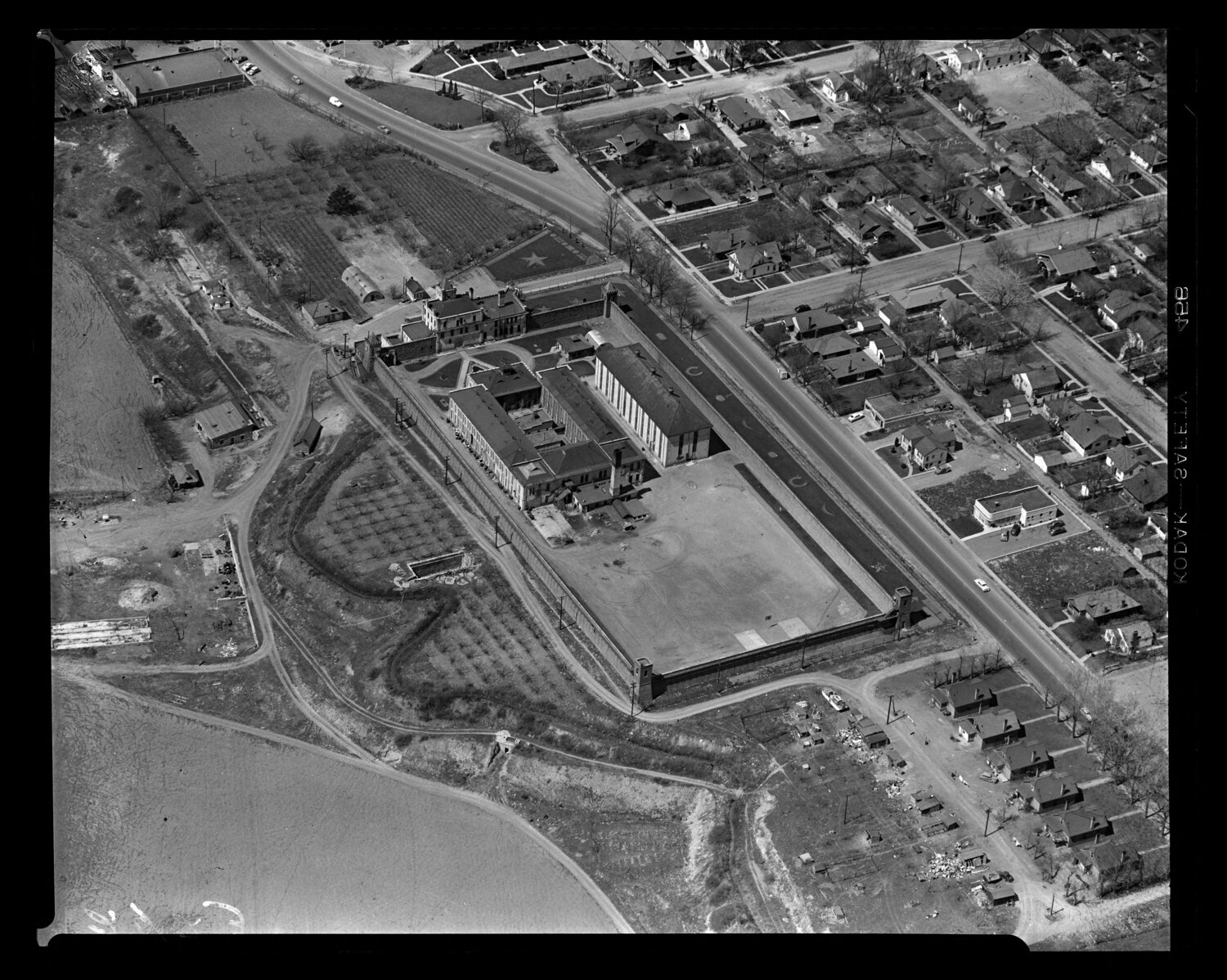
Authorization for New Prison Site
January 1937
One of the first to suggest that a new prison site was needed was Warden Davis in 1926. He believed that it would be in the best interest of the prisoners if the prison were moved from the city. With the continuing growth of Salt Lake City, the local residents also eventually wanted the prison population relocated away from the neighborhood of Sugar House. The authorization for a new prison was finally made in 1937, with the state legislature appropriating a hundred thousand dollars for the selection, purchase, and improvement of a plot of land suitable for a prison site.

Point of the Mountain Prison Site
1937
The committee appointed to find a new prison site soon found a suitable location and a farm site consisting of 1009 acres of land was purchased. Plans were adopted to construct a new and modern prison on the site as soon as possible. The new prison site was located about twenty miles South of Salt Lake City, two miles North of the Point of the Mountain on the West side of Highway 91.
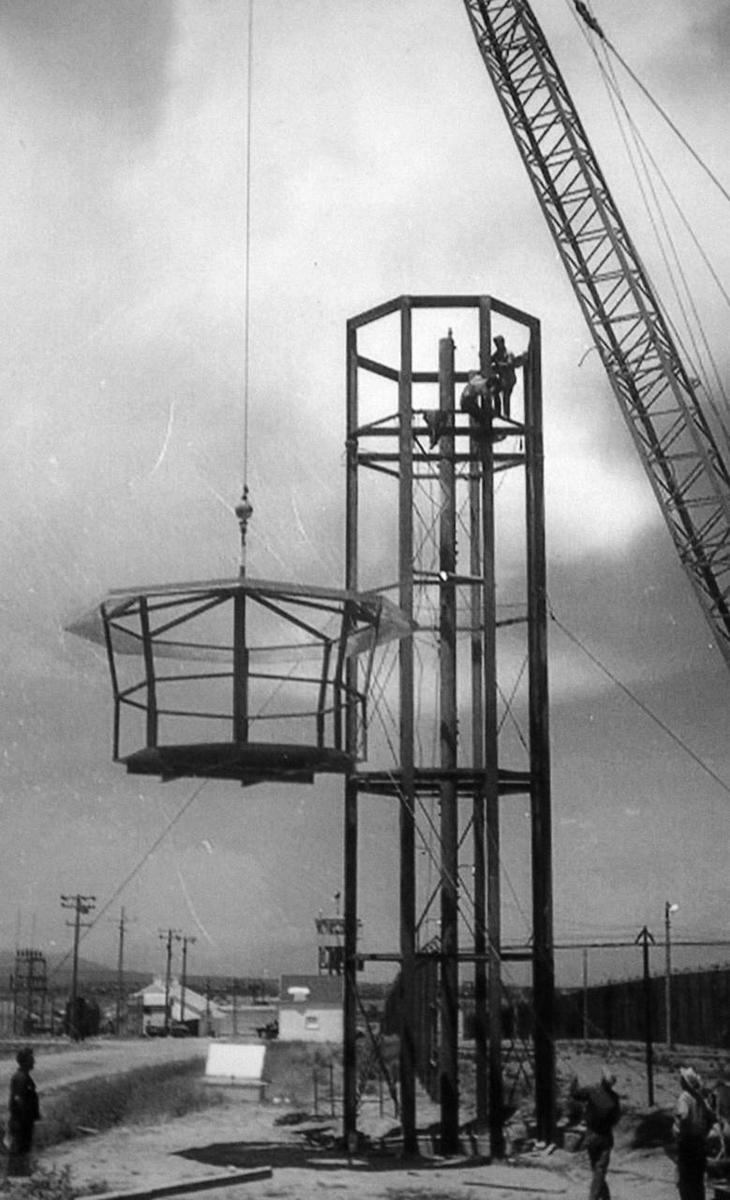
Construction Begins on New Prison Site
November 1940
In November of 1940, construction began thanks to an authorization from the State of Utah on a pay as you go basis. The first stage of construction on the prison was completed in 1941 at a cost of over $292,000.00. Work on the prison was halted during the war years due to worker and material shortages, but was resumed in July 1948, at a time when the prison at sugarhouse was literally bulging with prisoners.

Utah State Prison Completion
March 1951
On March 12, 1951, the 575 inmates at the old prison were transferred by bus to the newly completed Utah State Prison. After nine sticks of dynamite had little effect on the heavy walls of the shuttered penitentiary, the demolition of many sections had to be carried out stone by stone.
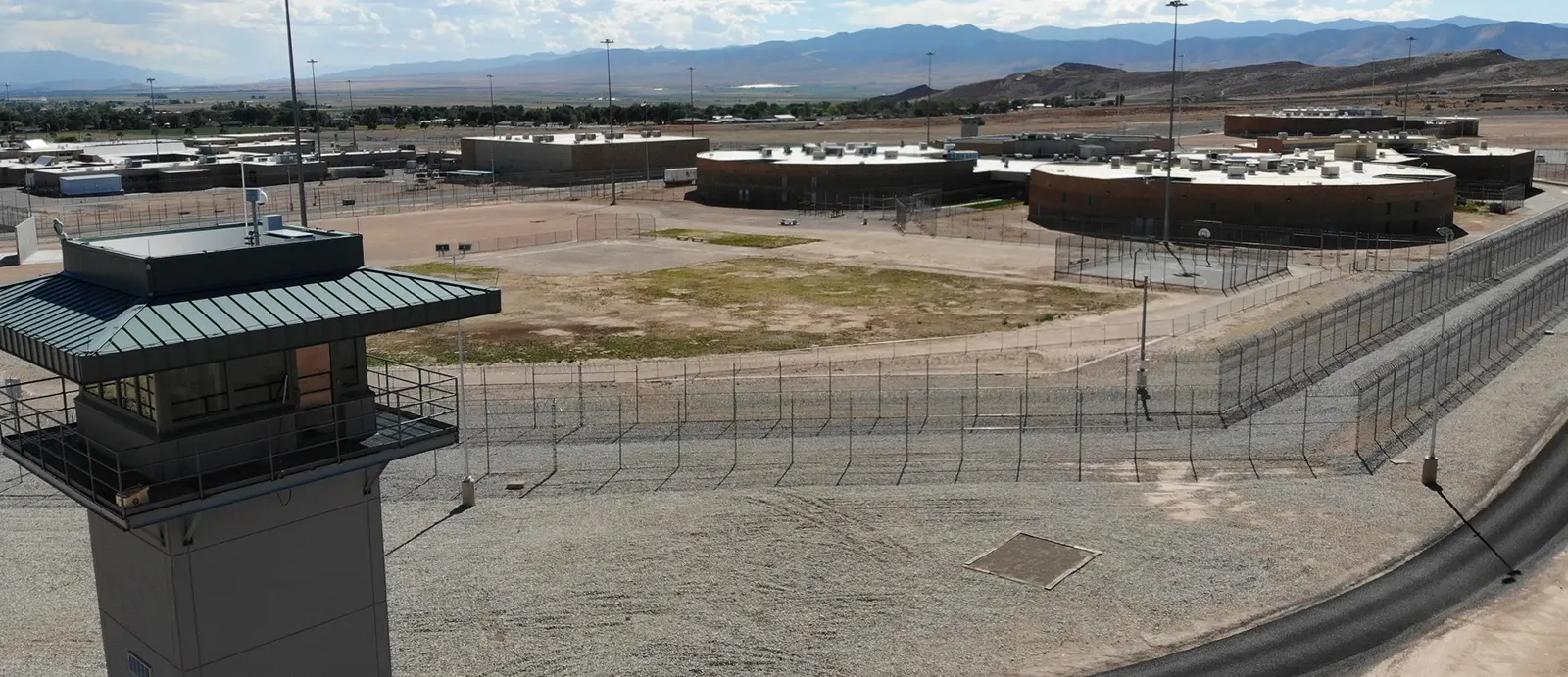
Central Utah Correctional Facility
1989
The Central Utah Correctional Facility in Gunnison opened in 1989. It can house up to 1,800 male inmates. It is split in three housing facilities: Henry, opened in 1989, Boulder, opened in 1998-2003, and Monroe, opened in 2016.
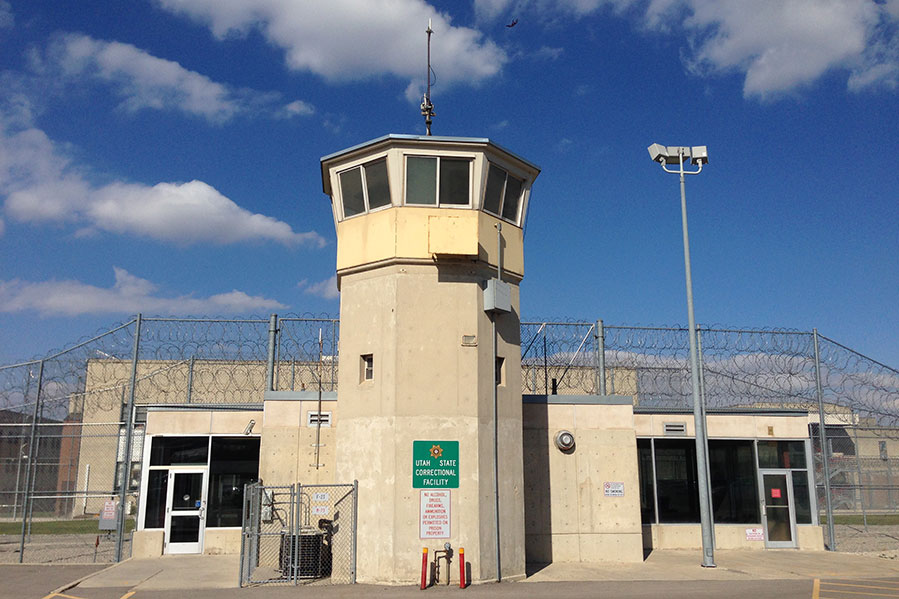
Utah State Prison Closure
2022
At its peak, the large prison complex housed both male and female prisoners in separate units, named after surrounding mountains and mountain ranges. The prison had a capacity of over 4,000 inmates. The Uintas housed maximum security units for male inmates and include a supermax facility and execution chamber. Wasatch and Oquirrhs housed the medium security male inmates. Promontory was a medium security therapeutic community designed to treat drug abusers. Timpanogos housed female inmates and Olympus was the mental health unit. Lone Peak was a minimum security unit. After 70-plus years in operation, the facility was closed in July 2022 and the site razed. The inmate-built chapel is only remaining structure.
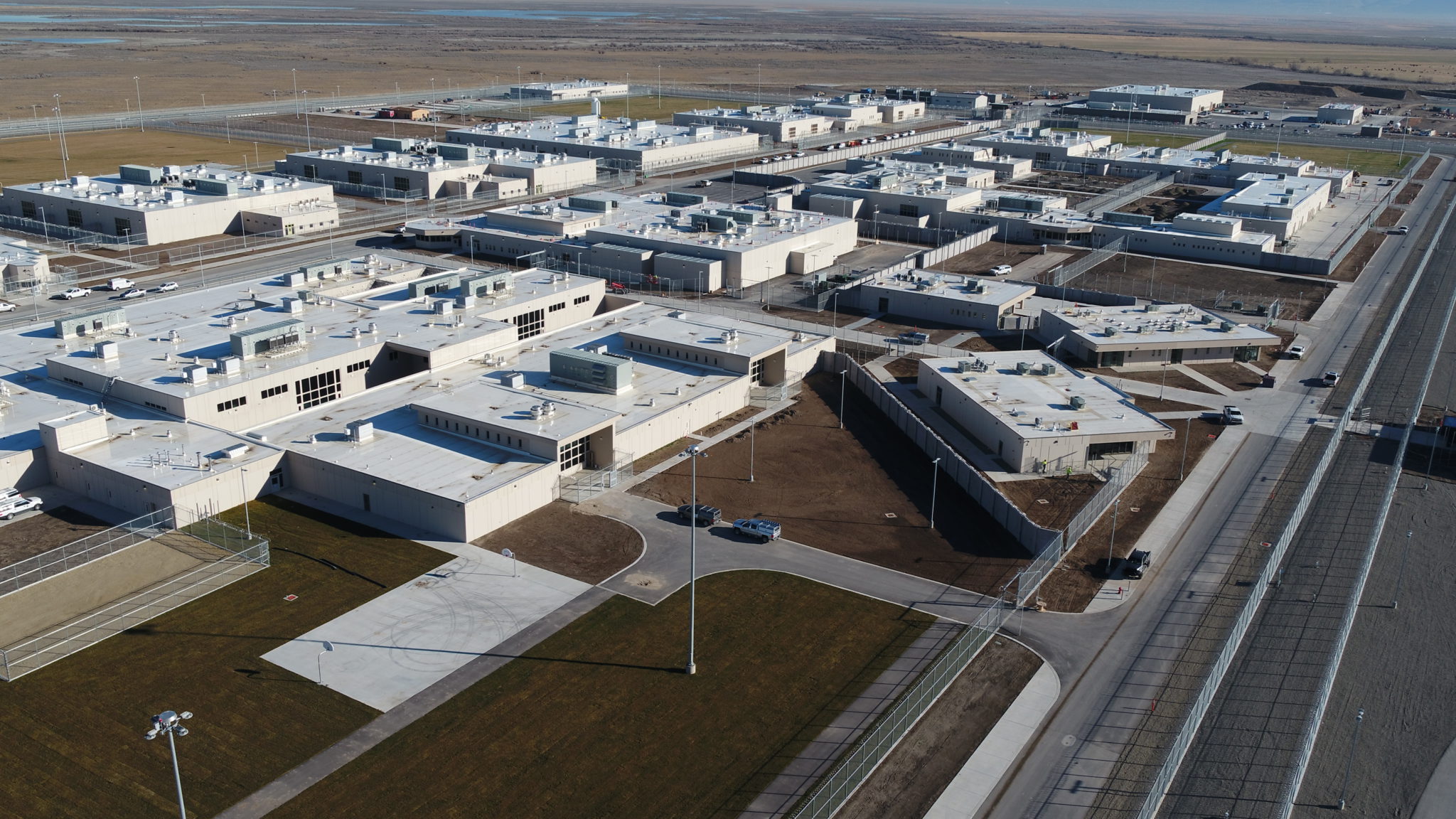
Utah State Correctional Facility
2022
Opened in July 2022, the Utah State Correctional Facility is located about five miles west of the Salt Lake Airport. A state-of-the-art campus, USCF features floor-to-ceiling windows in numerous housing sections, allowing those housed at the facility to enjoy natural light and views of the surrounding mountains. Following a similar naming convention as it predecessor, the 3,600-bed facility is populated with buildings named after waterways in the state: Antelope (restricted housing), Bear (general population), Currant (mental health, medical and geriatric), Dell (women's general population), Emerald (women's restricted housing), Fremont (intake), and Green (treatment and programming).